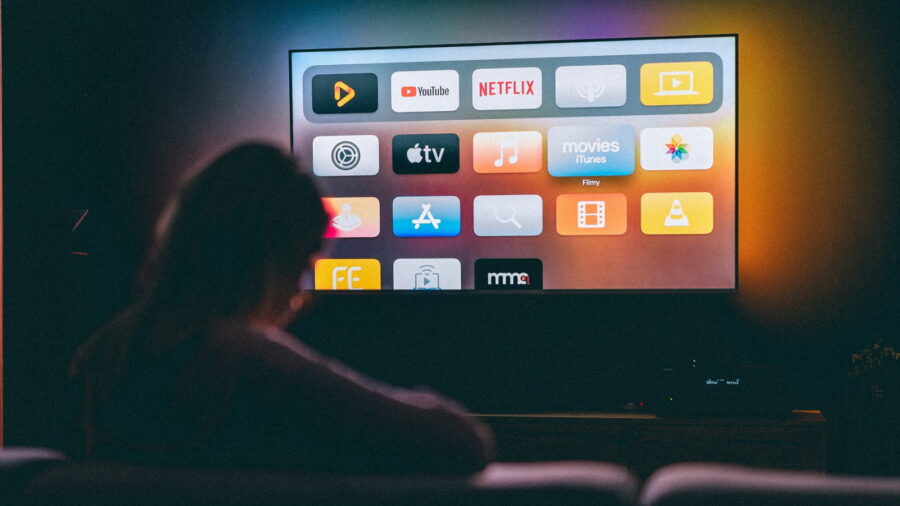Disney Kills Channels And Customers Are Furious

Disney’s inability to reach an agreement with Charter Communications regarding their linear video service has led to the media Corporation pulling several of their channels from the cable TV service. According to Deadline, on a conference call between Wall Street investors and executives from Charter Communications, the cable company’s representatives expressed the sense that their linear video service that provides traditional cable television is on a “precipice.”
Disney is removing its channels from Charter Communications.
The end of Charter’s relationship with the channels represented in the impasse means some 15 million customers are without them at the beginning of football season, a situation Charter CEO Chris Winfrey said would need to be resolved in short order.
The change in Charter’s relationship with Disney, he said, means the company will work hard to keep customers who leave their video service connected to their broadband service. This would help prevent the company from passing on the costs associated with the lost business to their customers. It also means, he indicated, that it greatly increases the chances that their company will be “moving on” from linear video to a different video product structure, indicating that the continuing loss of channels might lead to a shift in Charter’s business model.
According to Charter’s estimates, the cable TV company pays licensing fees to Disney for its programming at an annual rate of approximately $2.2 billion.
Jessica Fischer, Charter’s CFO, seemed to reference statements from Disney CEO Bob Iger this time last year when she said their current crisis point is one Disney itself predicted. Bob Iger told CNBC at the time that the company may not continue to consider linear networks “core” to Disney.
This had at the time led others to speculate that linear networks might be taken over by investors like private equity firms, which would ease the financial burden on the media giant.
Winfrey said Disney’s exit represents the biggest chunk of programming to leave Spectrum since 2010, when he initially began as Charter’s CFO. The blackout includes eight ABC stations and 18 other networks, all of which will be unavailable for Spectrum’s 14.7 million customers.
This is especially troubling for the carrier, who is number two in the cable industry, at the top of the college football season and just prior to the NFL season, as these had heretofore been two of the biggest things linear cable had going for it.
According to Charter’s estimates, the cable TV company pays licensing fees to Disney for its programming at an annual rate of approximately $2.2 billion. How customers might be compensated for the loss in programming has yet to be decided. One way or another, we expect Charter will be getting a large number of angry phone calls from customers who are upset about the loss.
According to Rich DiGeronimo, Charter’s president of product and technology, the hybrid model they proposed would be a combination of linear and streaming services that would include package flexibility for customers, as well as adding Disney’s apps to linear packages offered by Spectrum.
The Disney move only further places Charter at what it describes as a “crossroads” after a 25% loss of subscribers across the industry during the past five years. It’s a crisis point not only for charter, but for pay-TV companies in general. In a bid for survival, the company had developed a Charter model which it pitched to no avail.

According to Rich DiGeronimo, Charter’s president of product and technology, the hybrid model they proposed would be a combination of linear and streaming services that would include package flexibility for customers, as well as adding Disney’s apps to linear packages offered by Spectrum. There was also a promise to target broadband-only customers with ads for Disney’s streaming services.
Describing this as a potential “transformative partnership,” DiGeronimo said Disney declined the offer, instead choosing to “squeeze every last dollar” out of customers paying for cable TV. He also expressed frustration with Disney for its continued practice of shifting programming from linear TV to direct-to-consumer apps, describing a situation that resulted in programming overlap.
Disney has also been moving to offer a streaming version of ESPN that would operate outside cable TV. It’s a conversation that has been ongoing between the media corporation and third party distribution partners and investors. This move appears to have been spurred in part by the large expenses involved with rights to sports media.
When asked if Charter will be taking the model it offered to Disney as a basis for further negotiations regarding renewal with NBCUniversal, Fox, Paramount, and other corporations, Winfrey said, “Simply put, yes.” He added that the comments Disney had made about moving ESPN to streaming got in the way of negotiations due to the cost of programming. He called the situation that arose from Disney’s moves away from linear television “untenable.












